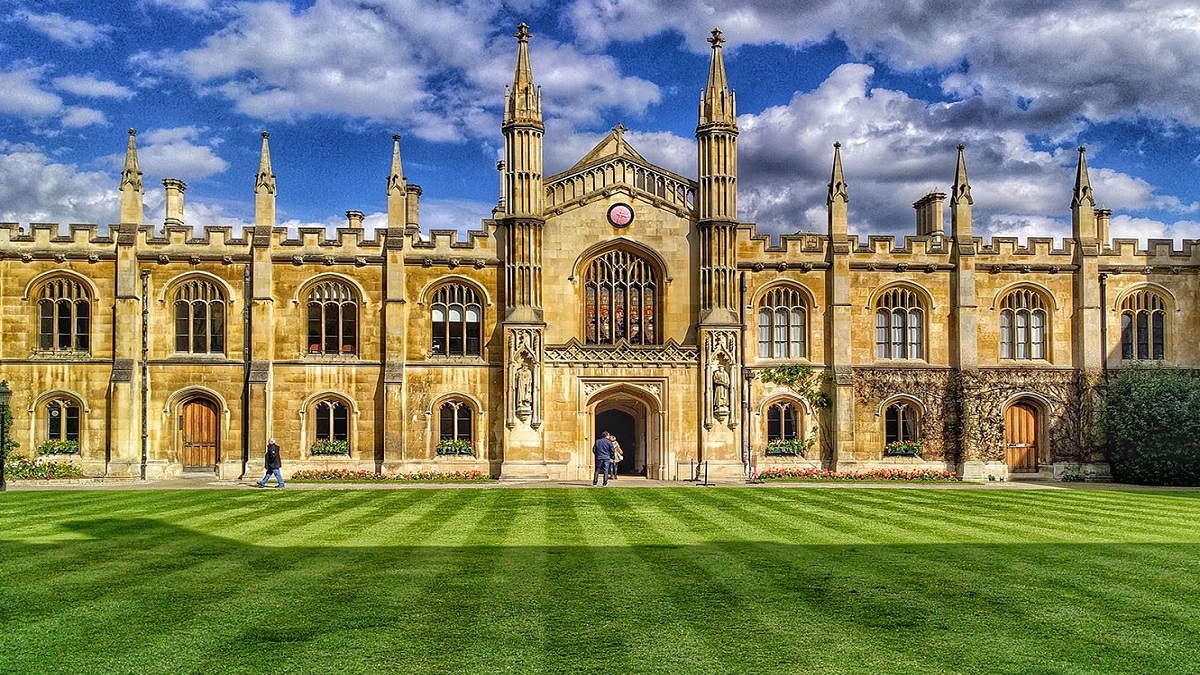- Courses
- GS Full Course 1 Year
- GS Full Course 2 Year
- GS Full Course 3 Year
- GS Full Course Till Selection
- Answer Alpha: Mains 2025 Mentorship
- MEP (Mains Enrichment Programme) Data, Facts
- Essay Target – 150+ Marks
- Online Program
- GS Recorded Course
- Polity
- Geography
- Economy
- Ancient, Medieval and Art & Culture AMAC
- Modern India, Post Independence & World History
- Environment
- Governance
- Science & Technology
- International Relations and Internal Security
- Disaster Management
- Ethics
- NCERT Current Affairs
- Indian Society and Social Issue
- NCERT- Science and Technology
- NCERT - Geography
- NCERT - Ancient History
- NCERT- World History
- NCERT Modern History
- CSAT
- 5 LAYERED ARJUNA Mentorship
- Public Administration Optional
- ABOUT US
- OUR TOPPERS
- TEST SERIES
- FREE STUDY MATERIAL
- VIDEOS
- CONTACT US
Reviving the Ancient Nalanda Mahavihara
Reviving the Ancient Nalanda Mahavihara
22-06-2024

Prime Minister Narendra Modi inaugurated the new campus of Nalanda University in Rajgir, Bihar. The campus is situated near the ruins of the original Nalanda University, established under the Nalanda University Act of 2010.
- The act was a result of a decision made at the Second East Asia Summit in the Philippines in 2007.
Key points:
-
Highlights from PM's speech at the inauguration ceremony:
- Nalanda University symbolizes that knowledge cannot be destroyed.
- The university will promote world brotherhood and become a symbol of India's development journey.
- The revival of Nalanda will showcase India's potential and make it a global hub for education and knowledge.
- History shows that countries become economic and cultural leaders only after making significant contributions to education.
- Major reforms, like the National Education Policy 2020, are underway in the education sector.
-
The Ancient Nalanda Mahavihara:
- Nalanda was a renowned Buddhist monastery in ancient Magadha (modern Bihar).
- Founded by Kumargupta I of the Gupta Empire, it was a prominent center of learning in the ancient world.
- Nalanda flourished during the 5th and 6th centuries CE, known as India's "Golden Age."
- Chinese traveler Hsuan Tsang's chronicles provide detailed descriptions of ancient Nalanda.
- After the Guptas, Nalanda continued to thrive under the Pala Empire but was attacked and damaged by Muhammad Bakhtiyar Khalji in the 1190s.
- Rediscovered in 1812 by Francis Buchanan-Hamilton and officially identified as the ancient university by Sir Alexander Cunningham in 1861.
- The current site of Nalanda is a UNESCO World Heritage Site, and the Government of India enacted a law in 2010 to revive the university.
-
Revival of Nalanda University:
- Former President Dr. APJ Abdul Kalam proposed re-establishing Nalanda University in 2006.
- The idea was endorsed at the East Asia Summits in Mandaue, Philippines (2007), and Hua Hin, Thailand (2009).
- The Nalanda University Bill was passed in the Indian Parliament in 2010, leading to its operational launch in 2014 from a temporary location near Rajgir.
- In 2016, the foundation stone for the permanent campus was laid at Pilkhi village in Rajgir by former President Pranab Mukherjee.
- Construction work began in 2017, and the university will be fully operational by 2022, coinciding with the inauguration of the new campus.
- 17 countries, including Australia, Bangladesh, Bhutan, Cambodia, China, New Zealand, Portugal, Singapore, and South Korea, helped establish the university.
-
Features of the New Nalanda University Campus:
- The architecture of the university combines modern and ancient styles, situated on a vast 455 acres of land.
- The campus integrates eco-friendly architecture, aiming for a net-zero carbon footprint.
- The university currently operates six schools covering Buddhist studies, historical studies, ecology, sustainable development, languages, literature, and international relations.
- Additionally, it hosts four centers specializing in Bay of Bengal Studies, Indo-Persian Studies, Conflict Resolution, and a Common Archival Resource Center.
- The university offers a range of programs, including postgraduate and doctoral research courses, short-term certificate courses, and scholarships for international students.
Must Check: Best IAS Coaching In Delhi



